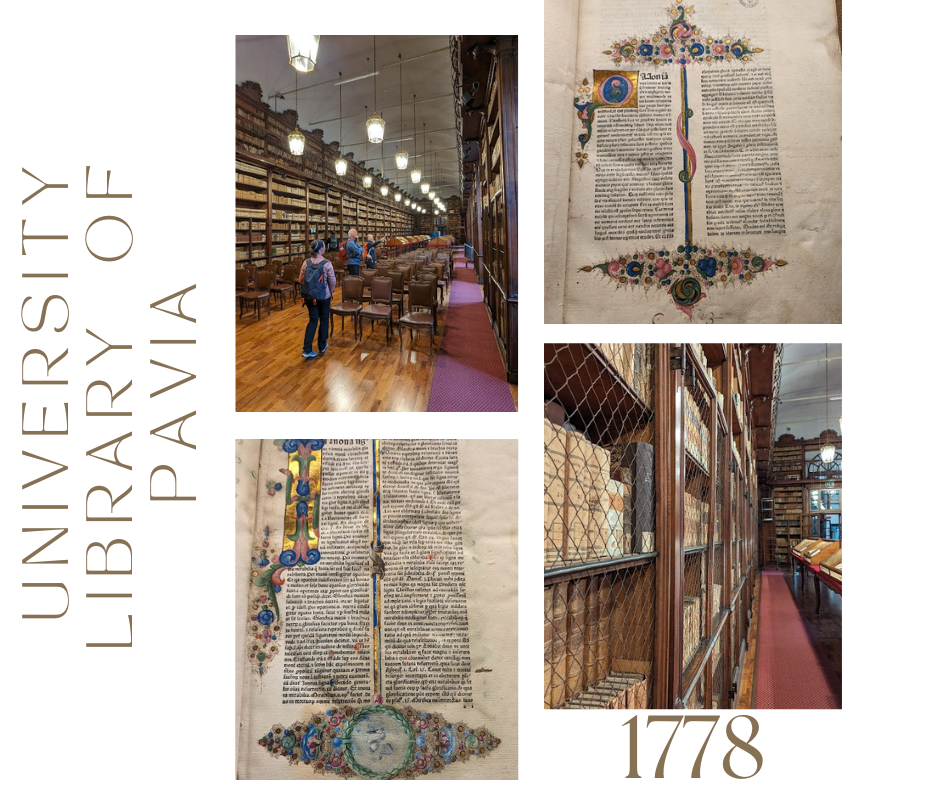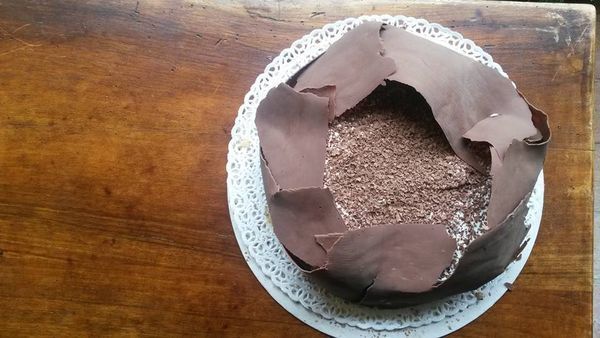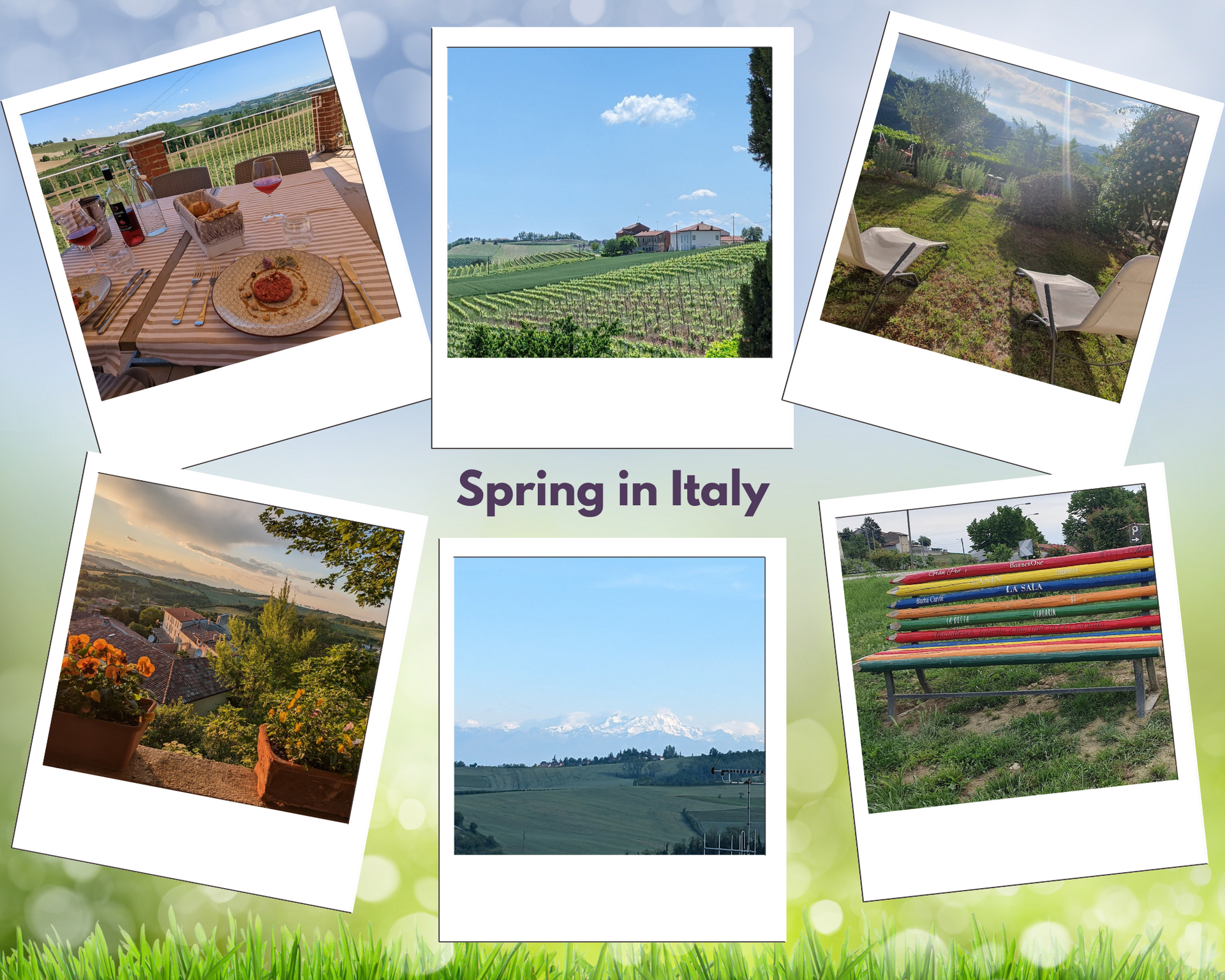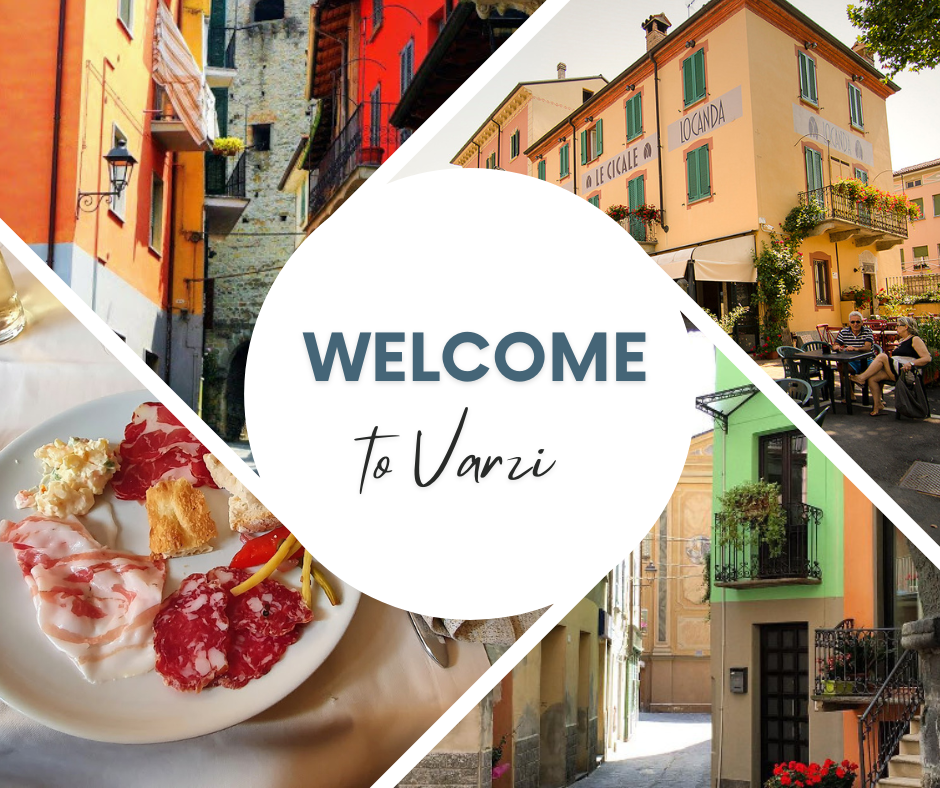The Certosa di Pavia – An architectural gem!
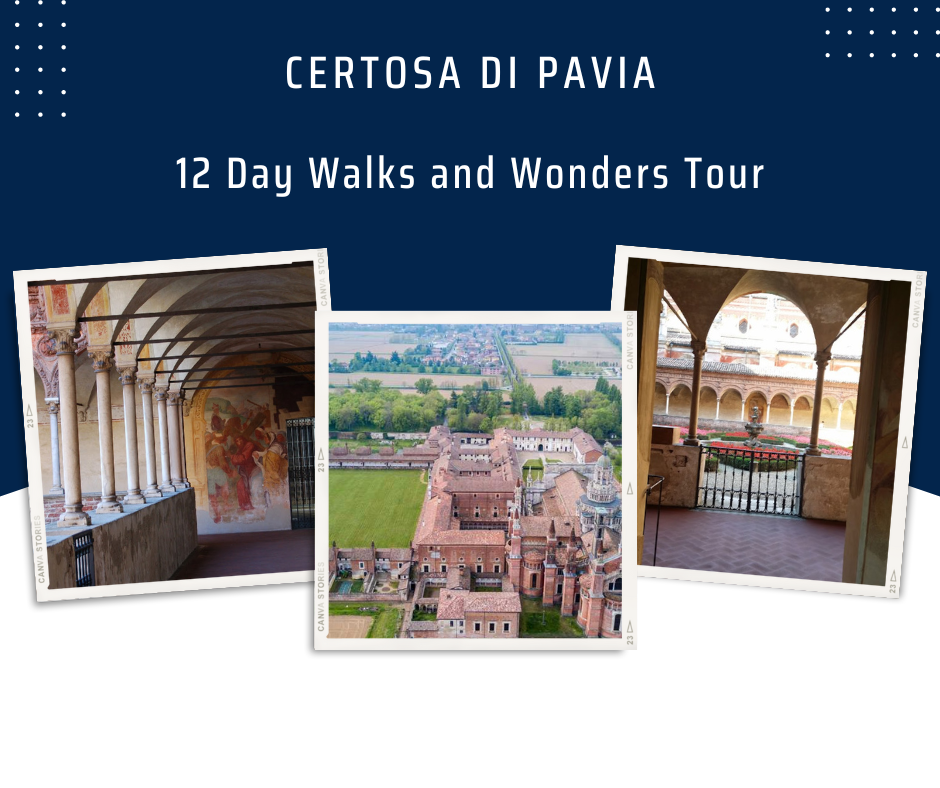
A major highlight of our delightful 12 Day Walks and Wonders Tour, is the Certosa di Pavia. It is a historic Carthusian monastery situated a few kilometres north of the medieval university town of Pavia, close to Milan. The Certosa (meaning “Charterhouse” in English), was commissioned by Gian Galeazzo Visconti, the first Duke of Milan, as a monastery and family mausoleum. Visconti had his court in Pavia, and the Certosa was to be built within the Visconti family hunting grounds, between Pavia and Milan.
Work commenced in 1396, but the buildings were not finally completed until the 16th century. The Certosa was originally home to an order of Carthusian monks, who remained there until they were expelled by the Austrian Emperor Joseph II in 1782. It was then variously occupied by other orders of monks, or closed, until the current Cistercian community arrived in the 1960s.
The early Carthusian monks were known for their plain architectural design. But there is nothing plain about the Certosa di Pavia, which is famous for the extravagance of its Gothic and Renaissance architecture and for its collection of artworks. It was intended to resemble the great Gothic Cathedral in Milan. However, it took around 200 years to build and, by the time it was completed, the new Renaissance ideals had taken hold in Italy. So, although most of the complex, including much of the interior of the church, is Gothic, it was finished in the Renaissance style.
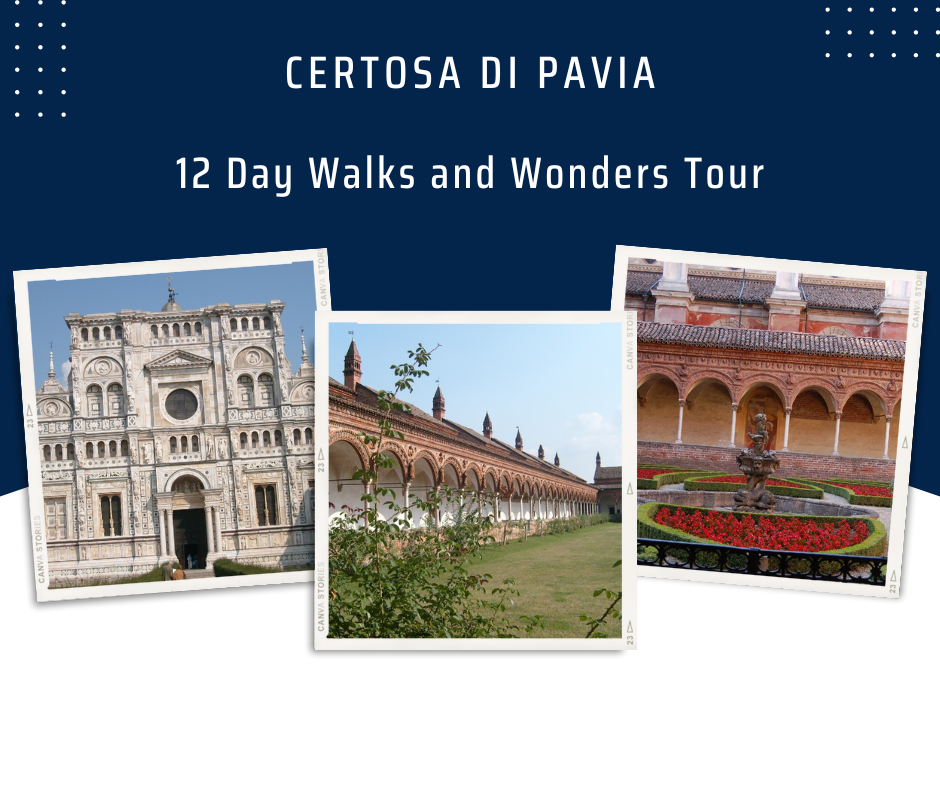
Visitors to the Certosa are greeted by the imposing Renaissance façade, which is decorated with statues and carvings of saints and Roman emperors. Inside the church are many paintings and frescoes, as well as carved wooden choir stalls and an important collection of stained-glass windows.
The artworks date from the 15th to the 18th centuries, as the original inhabitants continued to add to the collection after the building was complete. The back of the church leads to the Small Cloister, with its garden and arcades, and then on to the Grand Cloister where the monks’ cells open out onto the central garden. The Carthusian monks lived in individual, two-storey cells around the Great Cloister. One can see today that each cell has its own small garden and a hatch by the door, which allowed food to be delivered to the monks without any need for communication. The Cistercian monks who managed the Certosa today, make their own herbal liqueurs, soaps, and scents, which are on sale to visitors.
Click here for more information about our 12 Day Walks and Wonders Tour!

